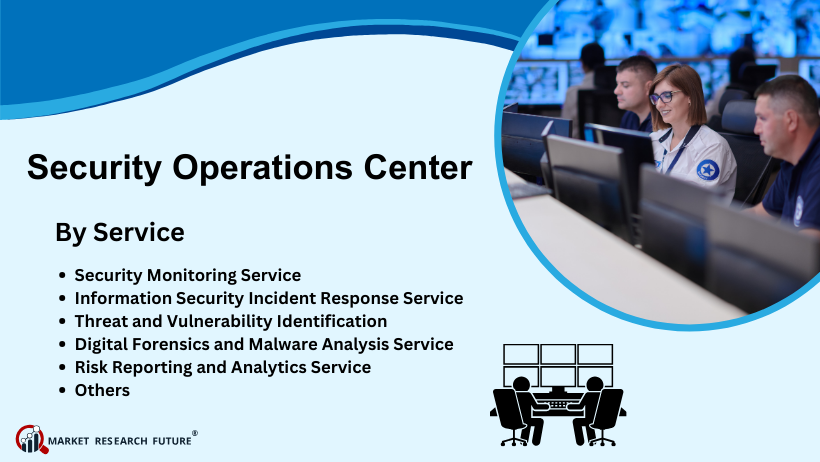The global Security Operation Center Market is a dynamic and fiercely competitive arena, composed of a diverse range of technology vendors, managed security service providers (MSSPs), and professional services firms. This market is experiencing robust expansion, with industry analysis pointing to a growth rate of 8.2% CAGR, a trajectory expected to continue until 2032. A significant boost to this market growth comes from the pervasive trends of cloud migration and flexible BYOD work environments, which have drastically increased the complexity of network security and fueled the demand for centralized threat detection and response solutions. This environment fosters intense competition as providers race to offer the most effective, efficient, and comprehensive security solutions to protect increasingly distributed and vulnerable corporate assets.
Market segmentation reveals several key dimensions of competition. One of the primary segments is the delivery model: in-house SOCs versus managed SOCs (SOC-as-a-Service). While large enterprises with mature security teams may opt to build and manage their own SOCs, a growing number of businesses are turning to MSSPs for a more cost-effective and expertise-driven solution. Another key segment is the industry vertical, with sectors like finance (BFSI), healthcare, and government being the largest consumers due to stringent regulatory requirements and the high value of the data they handle. Geographically, North America currently dominates the market, but the Asia-Pacific region is poised for the fastest growth, driven by rapid digitalization and increasing awareness of cyber threats.
The competitive landscape is populated by a mix of established cybersecurity giants and specialized MSSPs. Large vendors like IBM, Cisco, and Broadcom (Symantec) offer comprehensive portfolios of security products that form the technological backbone of a SOC. On the managed services front, companies like AT&T Cybersecurity, Verizon, and Secureworks have established strong positions by offering end-to-end SOC-as-a-Service solutions that cover everything from 24/7 monitoring to incident response and threat hunting. These players compete on factors such as the sophistication of their threat intelligence, the level of automation in their platforms, their global reach, and their ability to provide deep expertise and compliance support for specific industries.
The future of competition in the SOC market will be defined by innovation in threat detection and response capabilities. The rise of Extended Detection and Response (XDR) platforms, which offer deeper integration and visibility across endpoints, networks, and cloud environments, is a key area of differentiation. Providers who can successfully integrate AI and machine learning to deliver more accurate threat detection and faster, more automated responses will gain a significant competitive edge. We can also expect to see continued market consolidation as larger players acquire smaller, innovative companies to enhance their service offerings and expand their technological capabilities in this critical and rapidly evolving cybersecurity domain.
Explore Our Latest Trending Reports:




